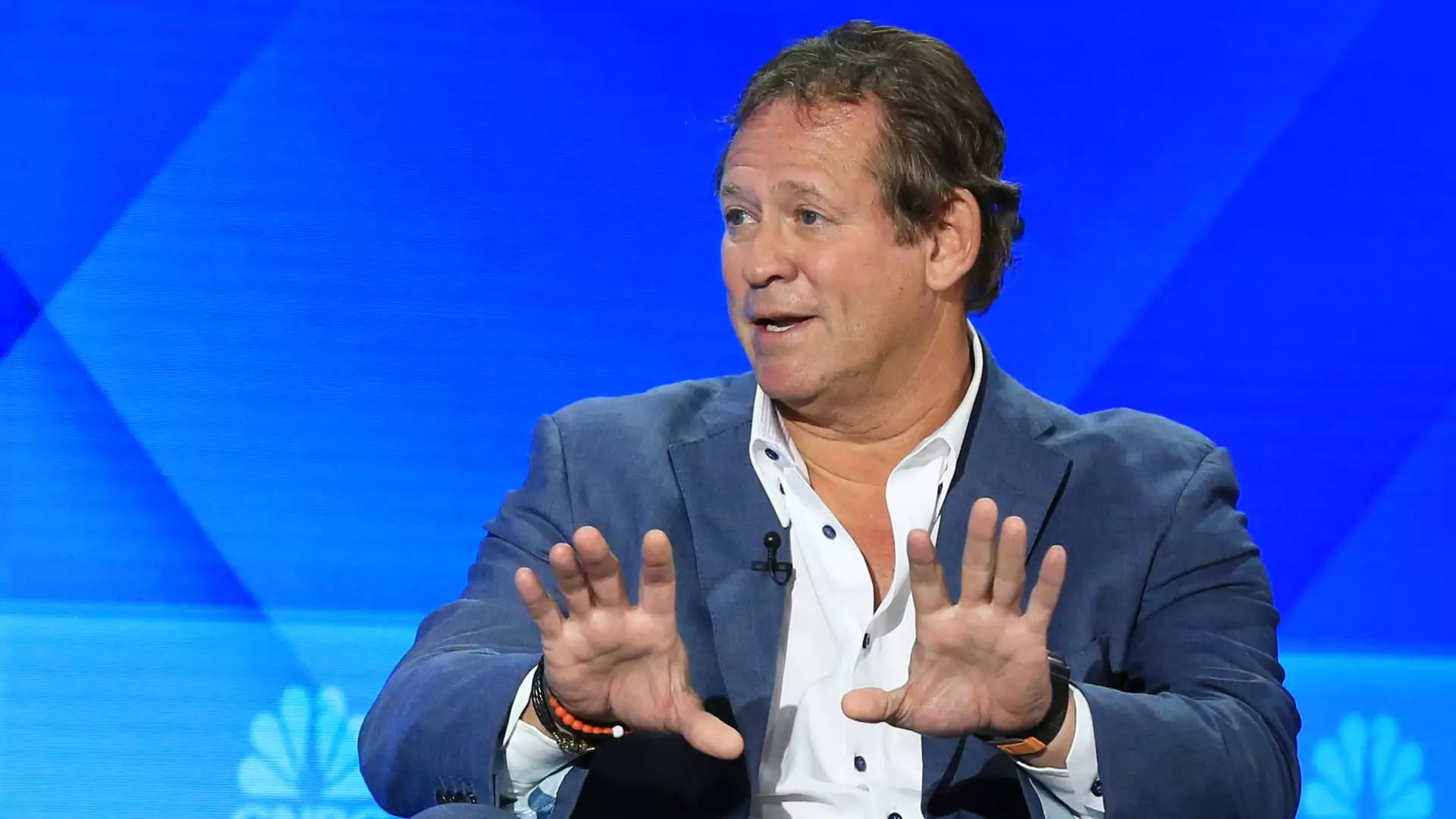For decades, bond investors endured a barren landscape of low yields and fragile returns, trapped in an environment where income generation was all but impossible. That dreary era, dominated by near-zero interest rates, ended abruptly in 2022, ushering in what BlackRock’s Rick Rieder calls a “generational opportunity” in fixed income. As someone deeply entrenched in global fixed income markets, Rieder’s excitement is hard to dismiss. After 20 years of waiting, he observes an environment where the yields on bonds are high enough to offer a meaningful income stream, fundamentally altering the risk-reward calculus for investors.
The significance of this shift cannot be overstated. Historically, bonds have served as the portfolio hedge against stock market volatility, largely because longer-duration bonds deliver price gains when equities falter. However, in this new regime of rising interest rates and inflationary pressures, that relationship has broken down, leaving investors to reconsider how fixed income fits into their portfolios. Instead of relying on price appreciation, Rieder emphasizes the renewed importance of consistent, high coupon payments—an income that can serve as a stabilizing cash flow cushion amid equity drawdowns.
Why Income Now Matters More Than Ever
The structural changes in bond market dynamics mean that the traditional notion of “bond duration” as a safeguard is no longer reliable. Investors must prioritize income generation rather than capital appreciation since the latter is capped by the volatile rate environment. This shift favors bonds that pay substantial coupons—something that has been scarce in recent decades.
But perhaps most reassuring is Rieder’s assertion that chasing this fresh income doesn’t require reckless risk-taking. Corporate issuers have, for the most part, shored up their balance sheets during the post-Covid economic recovery, reducing leverage and increasing their creditworthiness. This de-leveraging trend allows investors to enjoy healthy yields without diving into precarious credit, marking a rare alignment between income and safety.
Yet, this “golden age” won’t last indefinitely. The accelerating technological revolution, deemed the greatest in history by Rieder, is poised to boost productivity and innovation. Such advancements will chip away at inflation and, eventually, force interest rates back down. Investors must therefore act decisively to capitalize on these elevated yields before the tide turns once again.
Strategically Navigating the Bond Spectrum
From Rieder’s viewpoint, the most attractive opportunities reside in specific sectors of the curve—namely the front and the belly—where yields remain robust without excessive duration risk. His management of the iShares Flexible Income Active ETF (BINC) is illustrative of his tactical approach, combining a suite of fixed income instruments to maximize yield and liquidity.
European credits and peripheral sovereign bonds, such as those from Spain and Italy, emerge as standout choices. Despite perennial concerns over European debt, the current market offers yields that are “terrific,” with a relatively muted supply risk. One of the most underappreciated advantages for U.S. dollar investors is the cross-currency swap benefit, which effectively boosts returns by 2 to 2.5 percent—a significant edge seldom seen in recent times.
Domestically, Rieder favors securitized products, including commercial mortgage-backed securities and non-agency mortgage-backed securities, which occupy roughly 35% of his ETF allocation. These instruments provide attractive income streams coupled with higher liquidity compared to corporate bonds. On the flipside, he has trimmed exposure to investment-grade bonds to a mere 7%, prioritizing high-yield bonds and agency MBS as superior income sources in today’s climate.
The Abyss of Fiscal Deficits: The Hidden Threat
No discussion of fixed income opportunity is complete without a sober look at the looming risks. The elephant in the room is the mounting federal budget deficit, which hit an eye-watering $316 billion in May alone. According to Rieder, this ballooning deficit stokes market volatility and threatens to destabilize long-term interest rates, which remain highly sensitive to inflation expectations.
Treasury auctions, necessary to finance the deficit, inject uncertainty about the government’s appetite to continue borrowing at current costs. This volatility disproportionately affects the long end of the curve, intensifying risk for fixed-income investors. While there is hope that innovation-driven productivity gains will subdue inflation over time, the timing remains uncertain. This leaves investors walking a tightrope, balancing the lure of income with the specter of macroeconomic headwinds.
The Gulf Between Opportunity and Caution
What sets this bond market apart is the rarity of high yields coupled with relatively manageable risks—a scenario rare enough to warrant strong consideration from both cautious and growth-oriented investors. Yet, the window is narrow, and opportunity is fleeting. The onus is on investors to act confidently but judiciously, allocating capital to sectors calibrated to exploit current market inefficiencies without succumbing to overreach.
The prospect of a surging technological revolution further complicates positioning: while it promises lower inflation and rates down the line, it also signals the eventual end to this income bonanza. Investors unwilling to adapt may find themselves caught in a bear trap once yields retreat.
Ultimately, this period calls for a pragmatic approach grounded in solid fundamentals but informed by agile market awareness. It’s a moment where income truly earns its place as the centerpiece of investment strategies, not just a supplementary afterthought. BlackRock’s Rieder has laid out a blueprint—those who heed it could reap rewards rarely seen in modern financial history.

